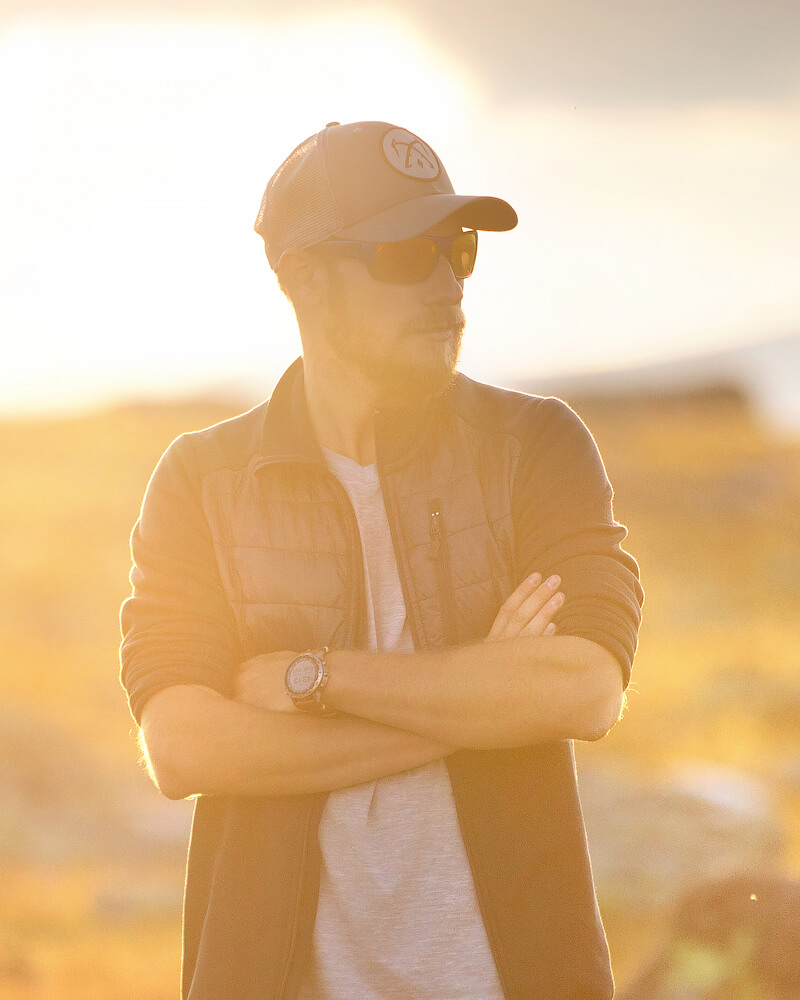Vlad Kutsey is a self taught freelance photographer from Kyiv, Ukraine, who has dedicated the last 10 years to his greatest inspiration - expedition & adventure photography.
He has found his personal treasure slightly outside the comfort zone in the tropical jungles or somewhere at several thousands meters above sea level where the lack of oxygen slowly reminds that you're just a guest of the harsh Mountain:)
His deep passion of capturing life through camera lens has driven him to develop many important skills (rock climbing, backpacking, wild camping in extreme conditions, surviving in the jungle environment and on the remote uninhabited islands) that have motivated him to reach and explore untouchable and pristine places around the world.
Vlad's work has appeared in dozens of publications of the world's famous companies, brands and magazines in print and online including National Geographic, Nat Geo Traveler, Canon, GoPro, The North Face, Garmin, The Village, Daily Mail and elsewhere. He also has won several national and international photography awards for his work.
Vlad's passion has lead him to reach out and tell his stories through social media, blogging, video that follow his work to teach and inspire through workshops and social media meetups.
Vlad is an official GoPro, Osprey, Garmin, ЇDLO and Turbat Brand-Ambassador in Ukraine
He spends the vast majority of his time in expeditions around the globe with his wife Alona; they have co-founded and lead own travel community "Adventure Monsters" that specializes in unique off the beaten track adventures to the most remote spots of our planet including researching the culture of the world's most isolated tribes.
